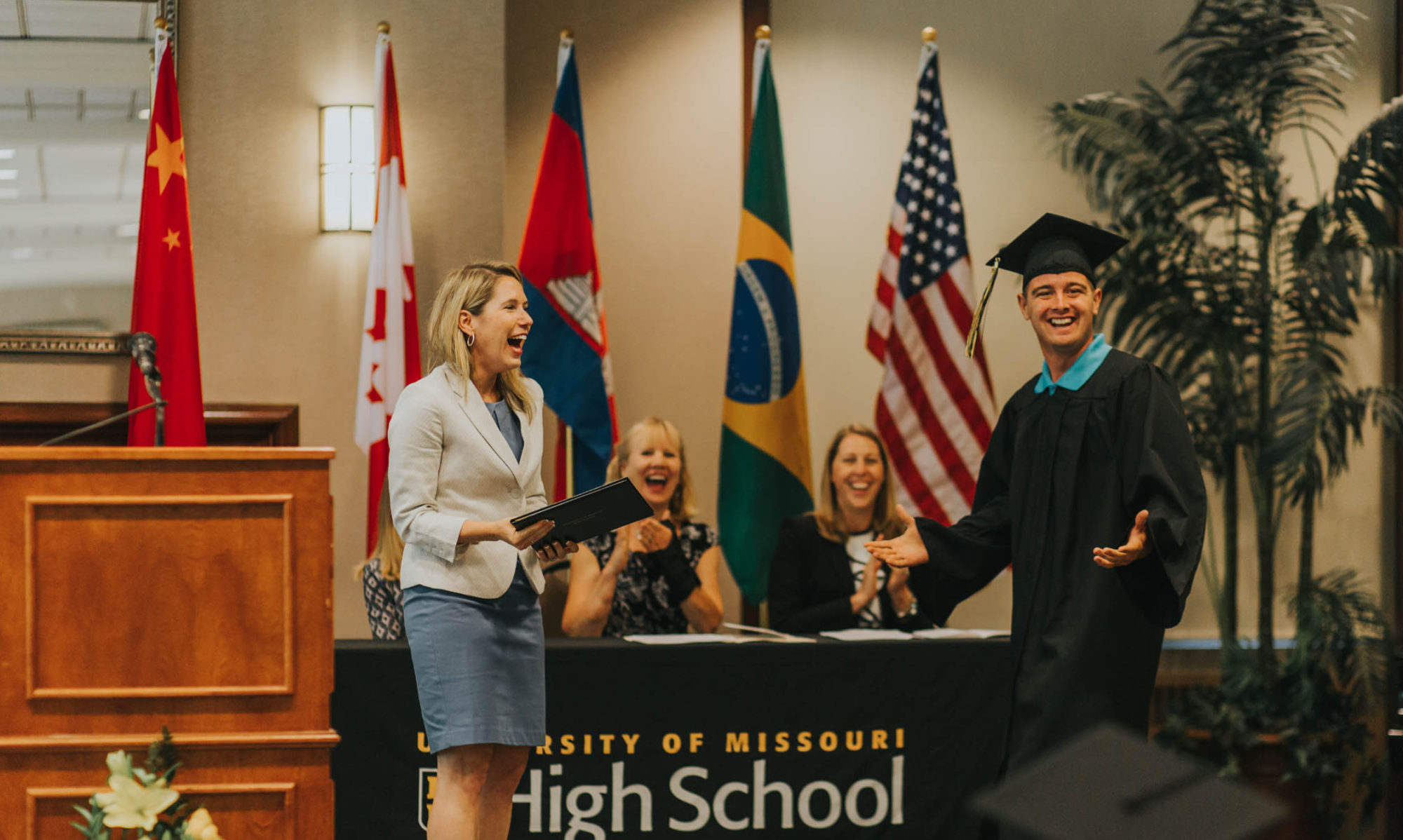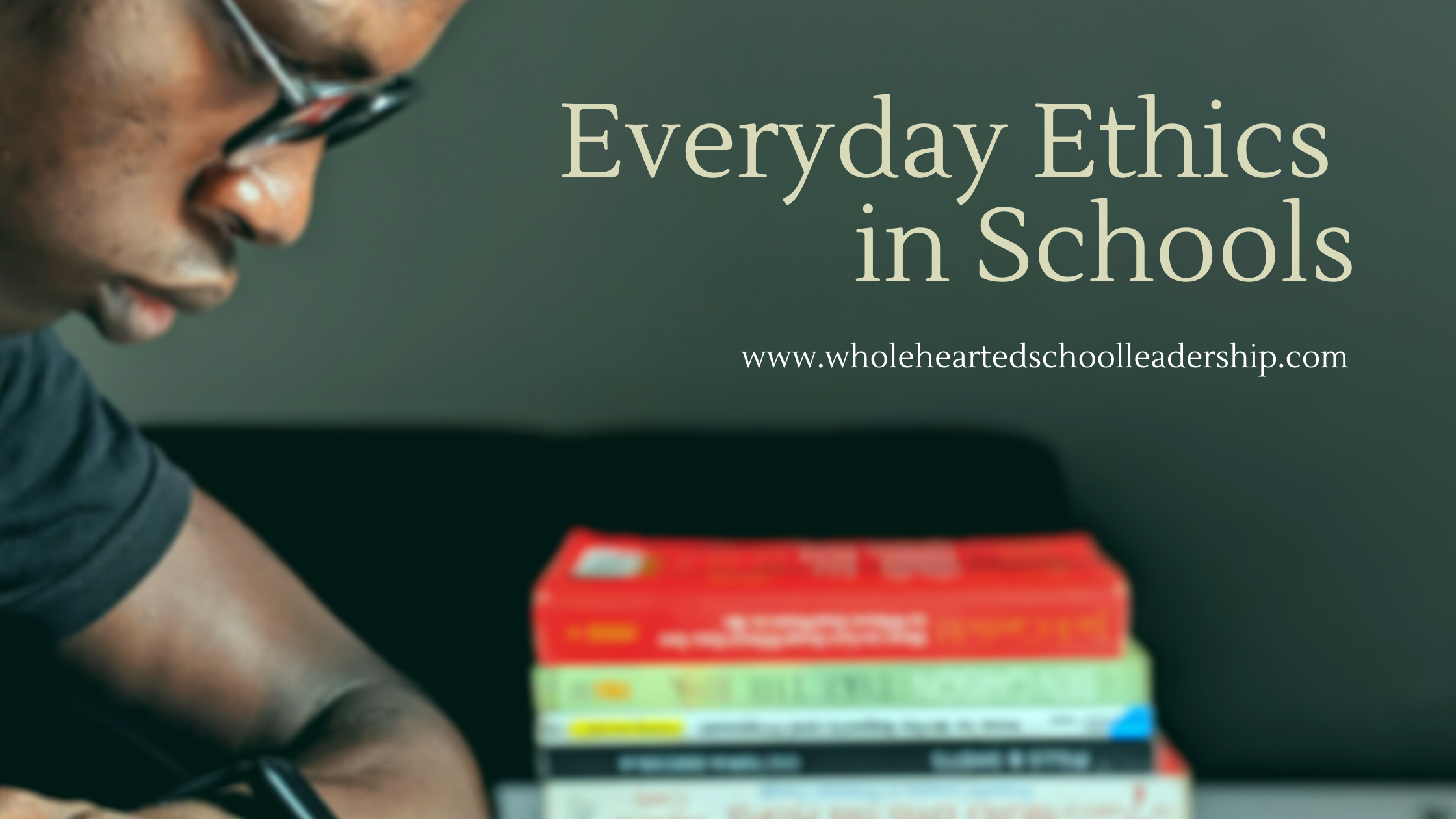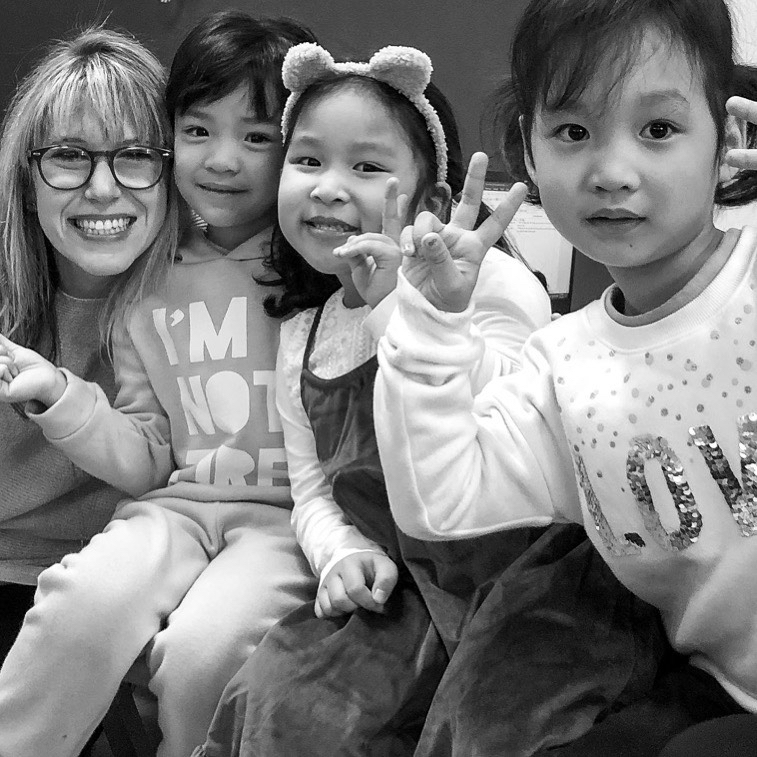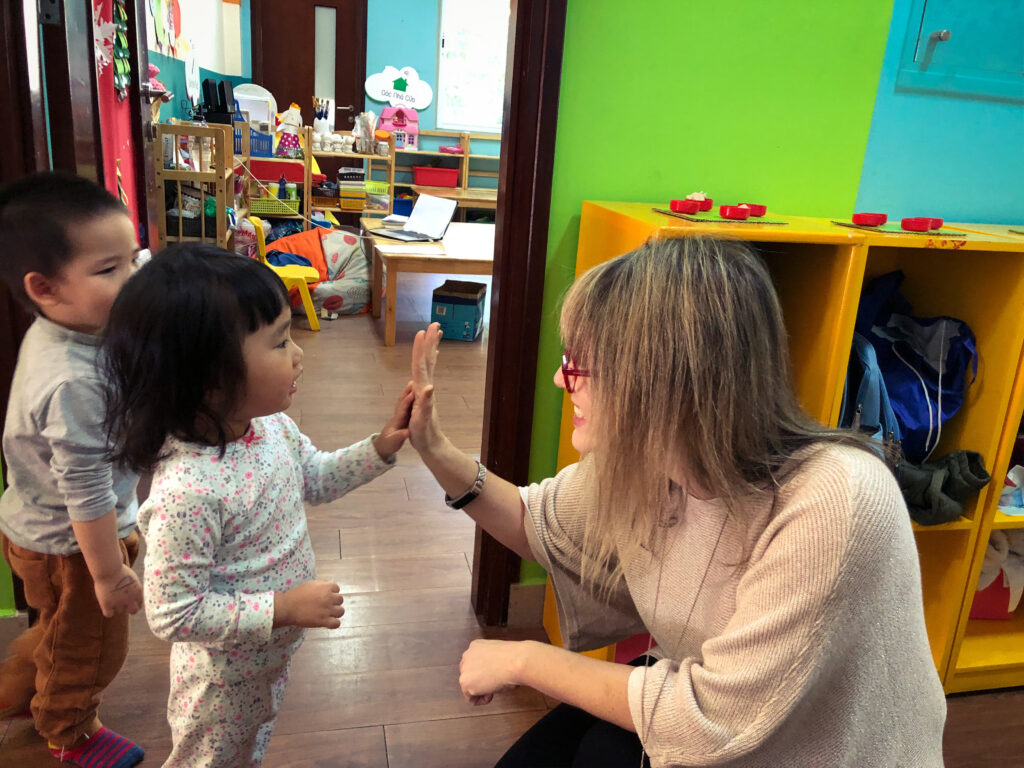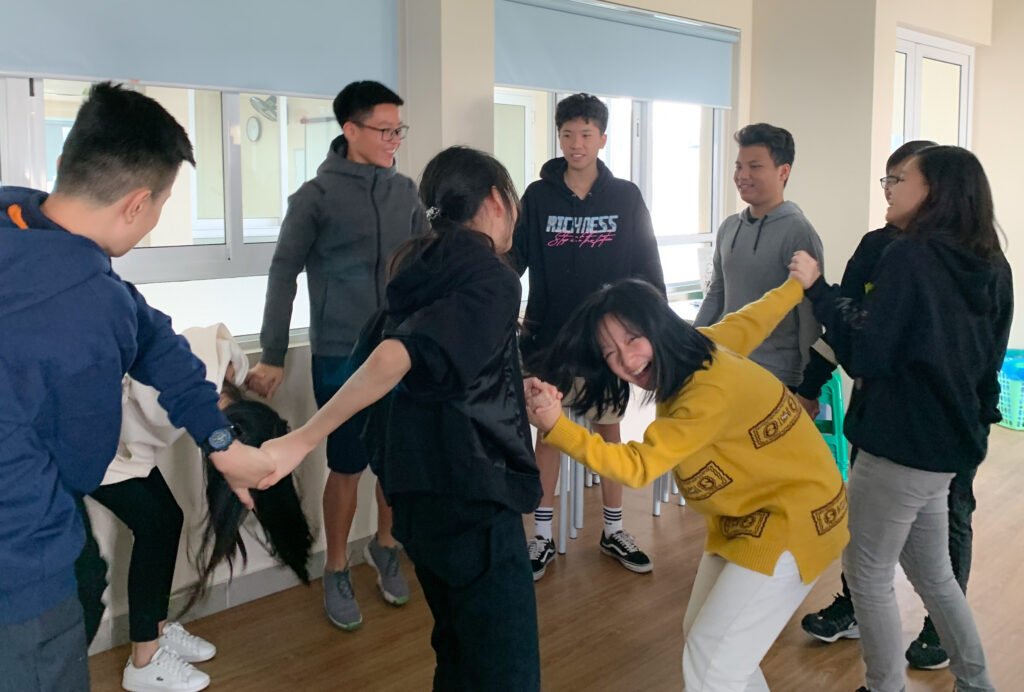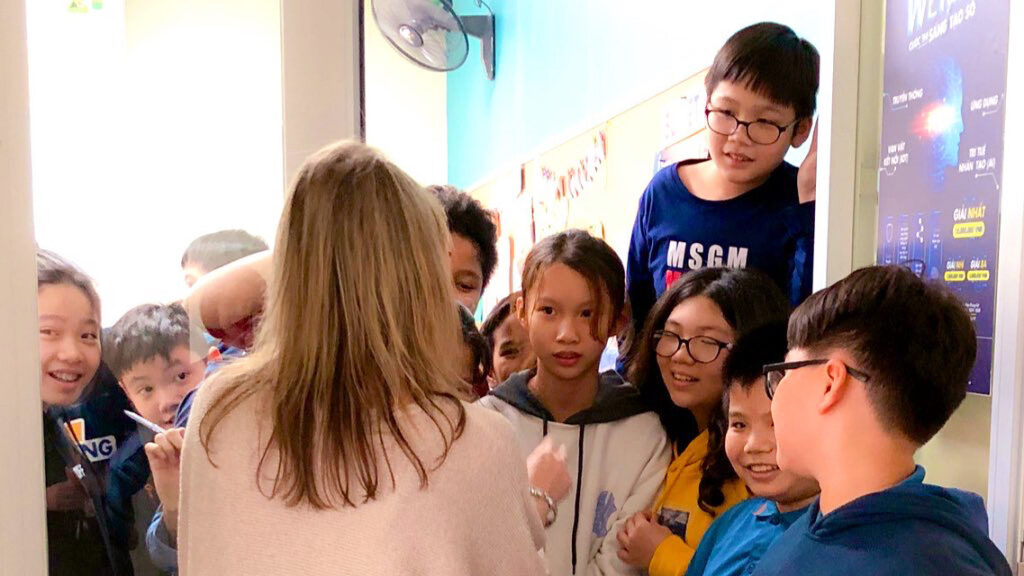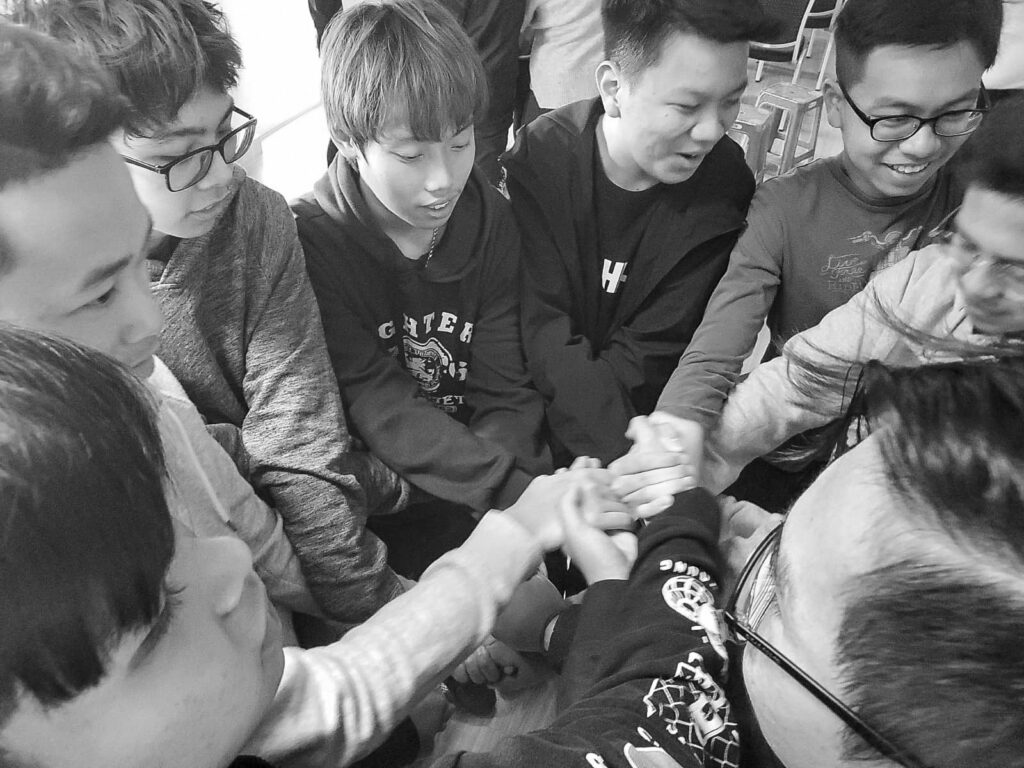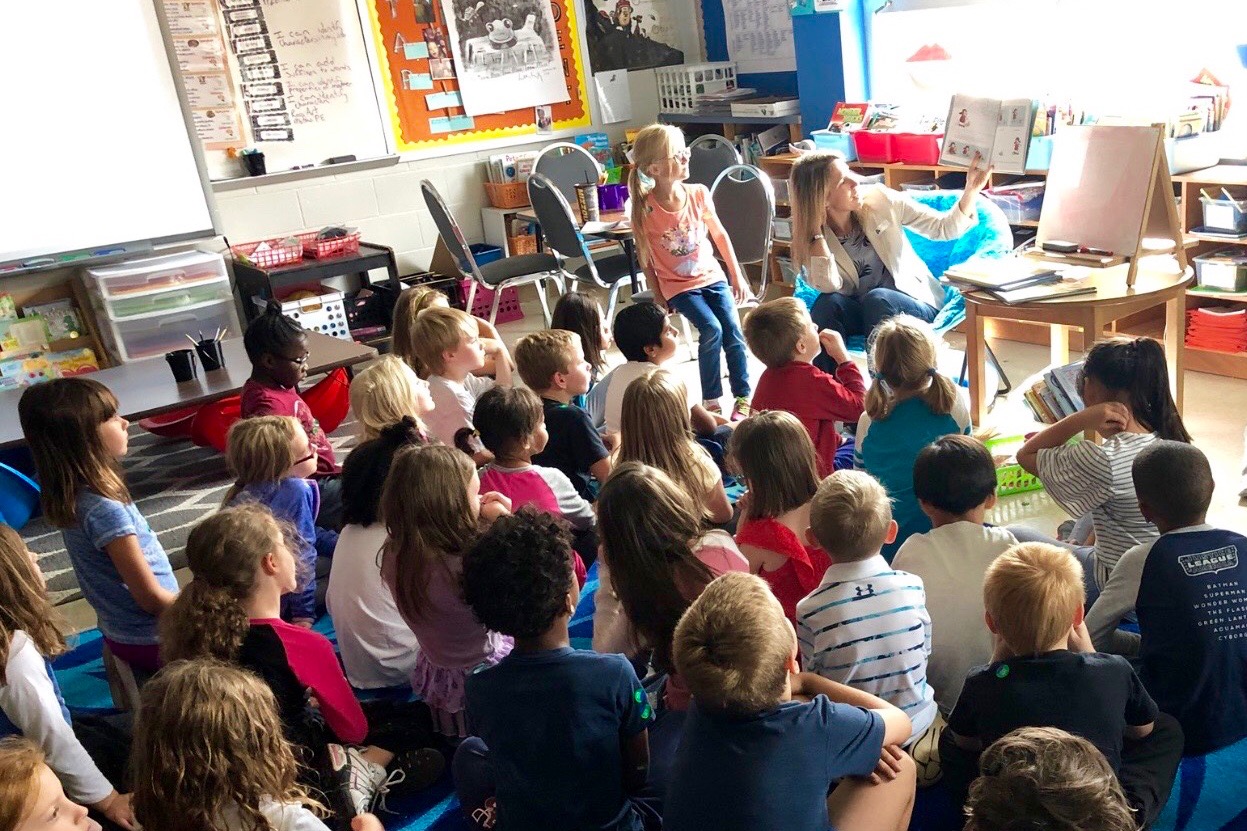Reflective Work To support Critical Thinking about Equity, Scholarship, and Hope
In her essay on bioethics in medicine, Rebecca Dresser (2011) proposes that small choices have significant impacts on patient treatment. In the words of one of her colleague interviews, “Doctors and nurses make ‘constant small ethical decisions [in their] everyday clinical work’, like whether to make eye contact with a patient or take seriously a patient’s complaints about treatment side effects. . . . Their choices have a major impact on patients and caregivers (p. 15).” I believe the same is true in schools.
What happens when we trade the medical terms in this quote for school-based terms? Principals and teachers make ‘constant small ethical decisions [in] everyday school work’, like whether to make eye contact with a student or take seriously a student’s feelings about a lesson, teacher, or peer group. . . . Their choices have a major impact on students and learning. Equity work and microethics go hand-in-hand and both have a tremendous impact on school culture and student learning.
Below are two case studies that illustrate some interpersonal everyday ethical decisions from my own teaching practice. Although these interactions were brief and happened several years ago, I was reminded of these two young men last spring when our academic team began studying antiracist work more intentionally. Both stories use pseudonyms to protect the identities of the scholars.
Case Study 1: Hank
Once identified as struggling readers, students were assigned to my literacy intervention program. Often my students did not lack reading skills as much as they lacked an interest in engaging with books that had little to do with their own lived experiences.
This was the case with Hank, a bright-eyed football player. One day, Hank’s general education English teacher cornered me. She demanded to know why he was in her class “because he clearly doesn’t know how to read.”
I asked if Hank would please read his football strategy book to us. “Sure,” he said, fluently, offering his own complex commentary and insightful connections to the text.
Case Study 2: Jamal
During our passing period, a lanky young man tumbled into my classroom. He reached into my bookcase and grabbed a copy of James McBride’s The Color of Water (2006).
“ Can I borrow this? I’ll bring it back soon.” Before I could answer, he was gone with the book.
He brought it back during the next passing period. “Thanks!” he shouted, running off.
After two weeks of borrowing and returning the same book, one of his teachers appeared in my doorway. Visibly upset, she accused me of “enabling” him for her silent reading activities.
“By lending him a book to read?” I asked, clearly miffed.
“He’s not reading it. He’s just using you to game the system.”
Just as Chad Donhue (2016) reminds us that if a student shows up without a pencil you let them know, there is always one available in your classroom, I assured her that teenagers were always welcome to “use” my classroom for access to books. The next day Jamal grabbed the book from his spot on the shelf and called out to me, “Did you read the part about him teaching his mom to drive? I did that, too. Teach my mom to drive.”
I wish I could tell you that Jamal and I developed a close relationship, that we talked about books for the rest of the year, exploring narratives and making connections. However, we didn’t. I was simply a teacher with a full bookshelf and an open door. Jamal borrowed a few more books during the course of the school year. Whenever he did, he would periodically shout out evidence that he was indeed reading them.
An Exercise in Equity
Like many school leaders, my team and I are engaging more deeply with antiracism work. When we started this process, I was surprised that Jamal and Hank, were the students who rose to the front of my consciousness. Their stories certainly aren’t the most illustrative or overt examples from my career, nor were they the most impactful for me.
After some reflection, I realized it wasn’t Hank and Jamal that drew their memories to focus, instead it was my interactions with their teachers, and what those interactions have taught me about teacher support and school leadership.
These two educators came to me angry, sharing that they believed students either wouldn’t or couldn’t read—accusations that cut deep in my teacher heart. These same remarks had been pointed at my own son, also an African American young man, and also a highly-proficient reader at home. I was so anxious to prove these teachers wrong, that I failed to do the more important work that needed to follow.
What should I have done in these situations? If I had it to again— and unfortunately, I do, in countless microethical moments— here is the protocol I wish I had followed:
- call out inequitable and unjust behavior,
- address the systems that allow and encourage these beliefs and actions, and
- act with empathy recognizing that we are all works in progress.
Micro-ethical moments, like those shared above, have a significant impact on the self-efficacy and achievement of our children. Positive school change is complex and big, but it’s also simple and small. Sometimes so much takes place in those brief 4-minute passing periods.
We can change school culture through a series of countless small moments, as well as committing to better systems and policiies. The scenarios above are supported by policies and practices that conflate grading with behavior, or worse, with access to resources. They are convoluted by the ways we identify students for remedial classes, and by a curriculum that centers narrow and Eurocentric narratives. These case-studies are also reinforced by bias about what or whom a scholar looks like.
We must commit to positive school change. This change requires continual difficult and courageous intentionality In his bestselling memoir, How to Be an Antiracist, Ibram X. Kendi (2019) challenges that decisions and policies are not race neutral. In fact, he says there is no such thing as “race neutral.” Policies are either racist or antiracist and so are our behaviors.
So where can you start? While there are many places to start, below is a list of questions to aid your teaching teams in this work. These are hefty dismantling questions, in part, informed by Ohito’s work on antiracist teaching, which found that teacher educators’ beliefs about antiracist teaching are “shaped by the (inter)connections between and among the following: 1) race(ism) and family histories; 2) race(ism) and schooling experiences; and 3) race(ism) and embodiment (2011, p. 5).”
Rather than trying to tackle all of these questions in a single session, spend several months, engaging deeply, courageously, and honestly. At the start of each monthly session share what you have learned over the previous month. At the end of the session, set specific and actionable goals for the coming weeks.
| Month 1: Stage Setting |
| What feelings did these two case stories bring up for you? When have you been the different characters in the story? What are your important takeaways from this article? Who will you partner with to hold you accountable for equity and compassion? (Assign partners.) |
| Month 2: Hope and Connection |
| How do you communicate hope and connection to students? Be specific. Who in your classroom isn’t receiving these messages and why? How will you change the messaging in your classroom? How will we change our messaging across the school? |
| Month 3: Biases |
| What biases are interfering with your ability to reach, teach, and connect with all of your students? What is your plan to address this? Include specific actions and behaviors. As a school community, how will we support each other in this work in ways that move beyond looking at data? |
| Month 4: Exploring Anger |
| When students (or teachers) make you angry at school, what is the root of that anger? How can you use your anger more productively? As a school community, how can we honor the productive possibilities of anger and other big emotions? |
| Month 5: High Expectations |
| Which students know that you believe they are capable of just about anything? Which students don’t know if you believe they are capable of achieving at high levels? How will you commit to intentionally building relationships and changing this narrative? As a school community, how will we commit to supporting all students’ achievement in tangible ways? |
On Hope and Anger
Hope and anger are intentionally entangled across these questions and within this work. In a 2017 essay, I defined hope as “a universal form of resistant imagination.” Likewise, Black feminist scholars, such as Audre Lorde have taught me that anger may also be a resistant imagination. Lorde’s address at the NWSA Convention in 1981, reminds us that anger is not only useful, but necessary in addressing racism.
“We cannot allow our fear of anger to deflect us nor to seduce us into settling for anything less than the hard work of excavating honesty; we must be quite serious about the choice of this topic and the angers entwined within it… (Lorde, 1981, p. 8)”
“To hope,” I wrote, “is to believe that situations, circumstances, and practices can be better. This decision making framework centers hope by calling on educational leaders to consider how schools can create more equitable responses and practices to dynamic situations in schools. (Fishman-Weaver, 2017, p. 10)”
Hope and anger are not opposite positions in a philosophical debate. Instead they are partner drivers in antiracist teaching and school leadership.
May these questions and stories be a positive tipping point for your school. And certainly, if a long-legged teenager comes tumbling in from the crowded hallway seeking a book, a pencil, or connection, make sure he knows that these things are always available in your classroom.
References
Donhue, C. (2016) Give the Kid a Pencil. Teaching Tolerance. Retrieved from: https://www.tolerance.org/magazine/give-the-kid-a-pencil
Dresser, R. (2011). Bioethics and cancer: when the professional becomes personal. The Hastings Center Report, 41(6), 14-18.
Fishman-Weaver, K. (2017). A call to praxis: Using gendered organizational theory to center radical hope in schools. Journal of Organizational Theory in Education, 2(1), 1-14.
Kendi, I. X. (2019). How to be an Antiracist. One world.
Lorde, A. (1981). The uses of anger. Women’s Studies Quarterly. Retrieved from: https://academicworks.cuny.edu/wsq/509/
McBride, J. (2006). The color of water: A black man’s tribute to his white mother. Penguin.
Ohito, E. O. (2019). Mapping women’s knowledges of antiracist teaching in the United States: A feminist phenomenological study of three antiracist women teacher educators. Teaching and Teacher Education, 86, 102892
